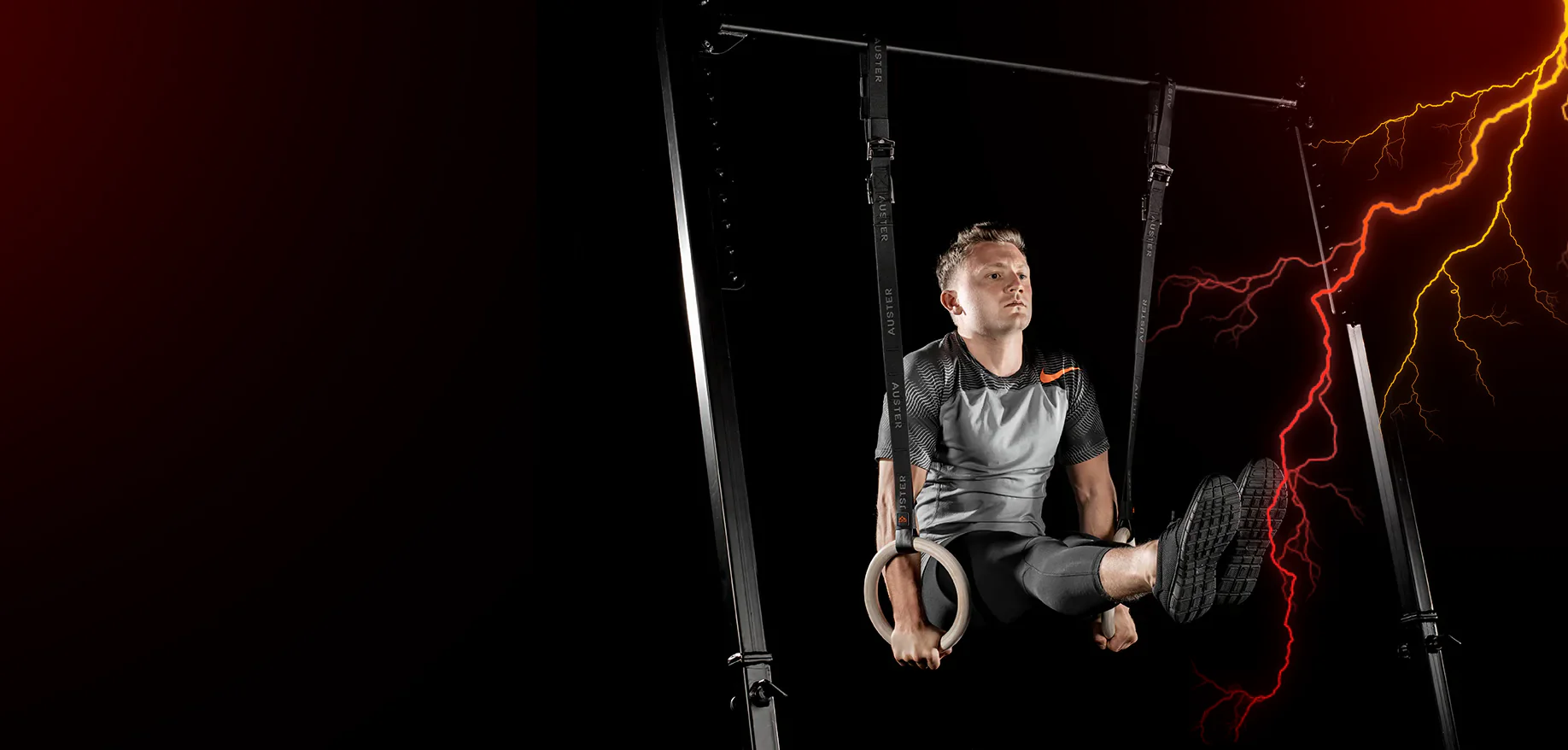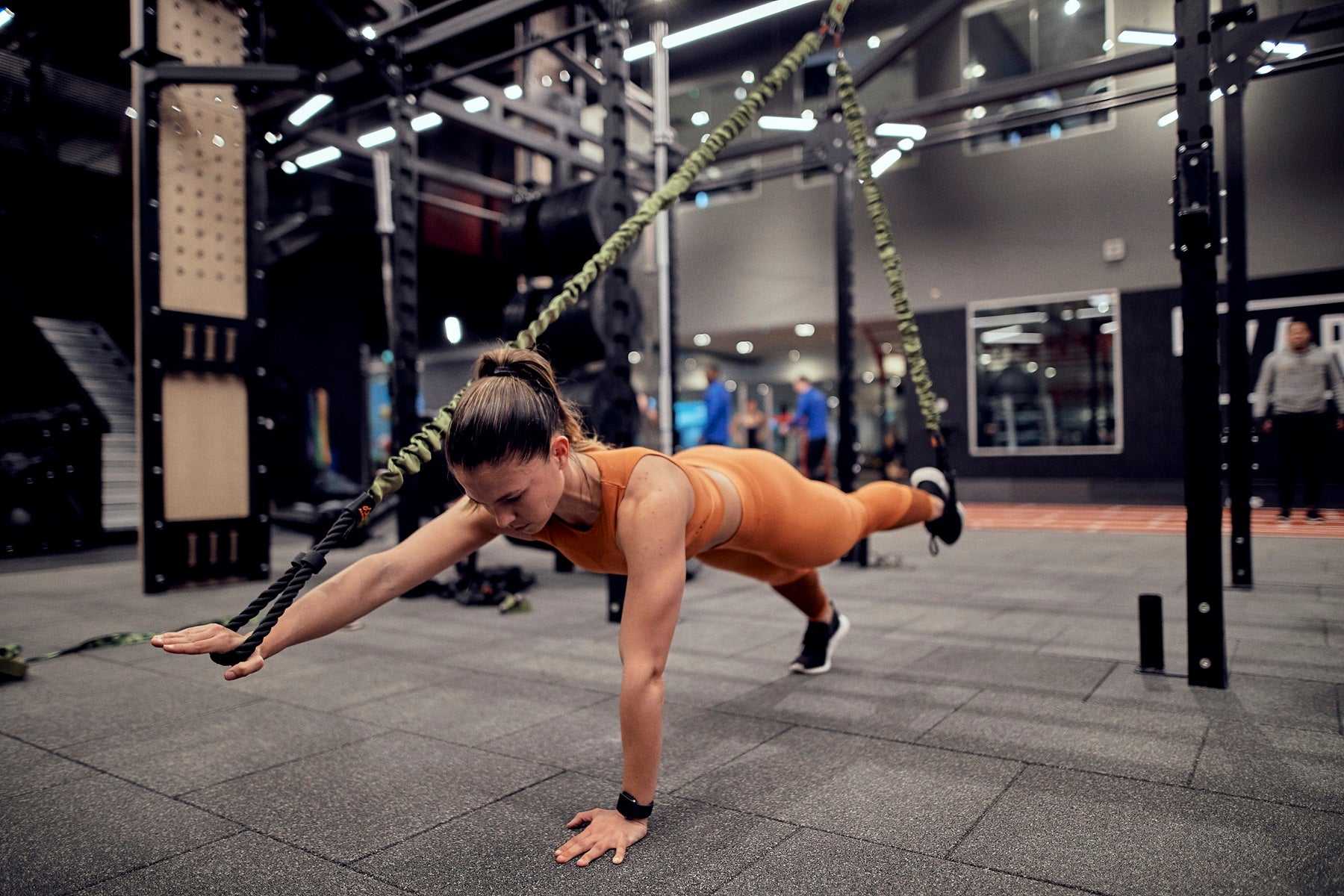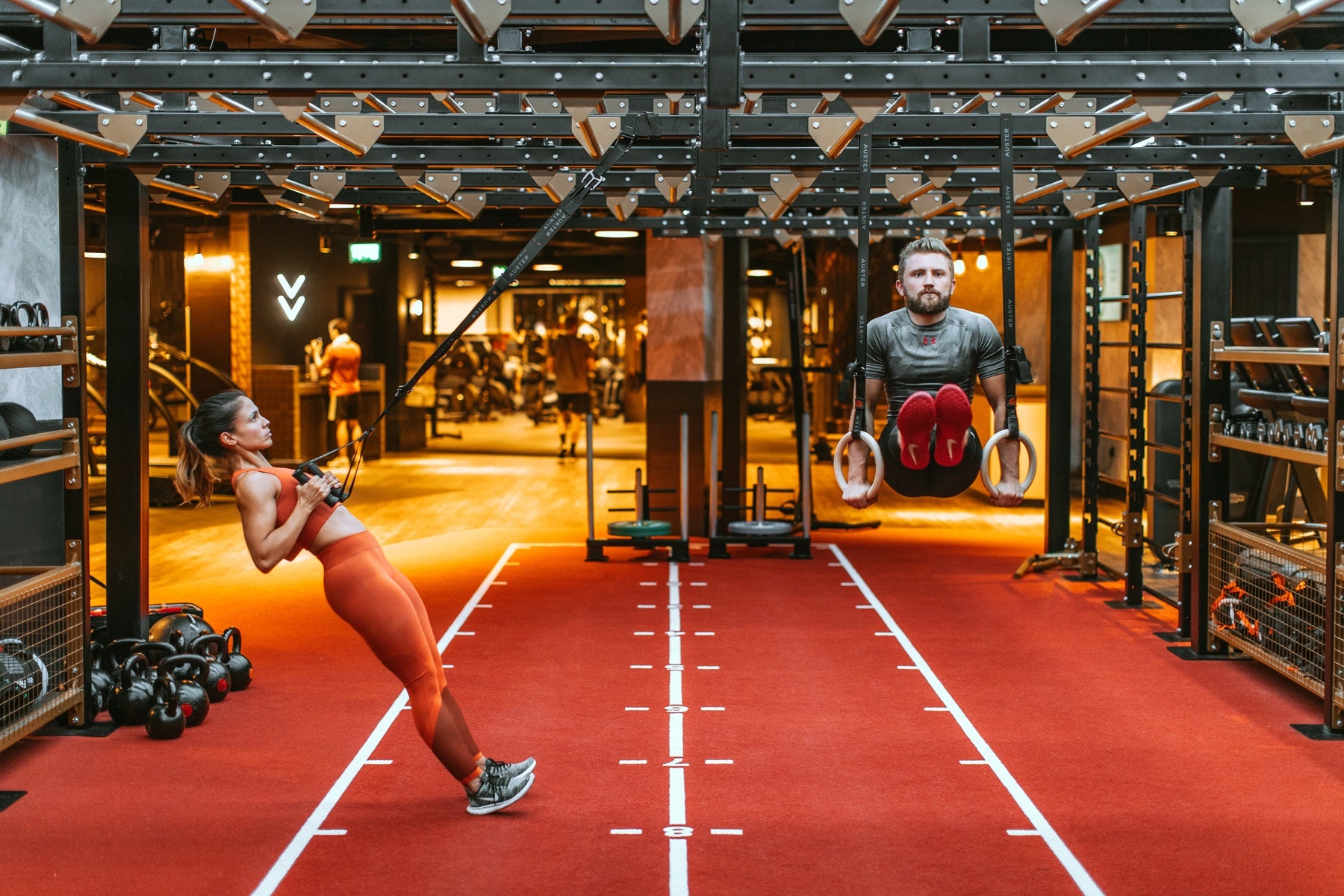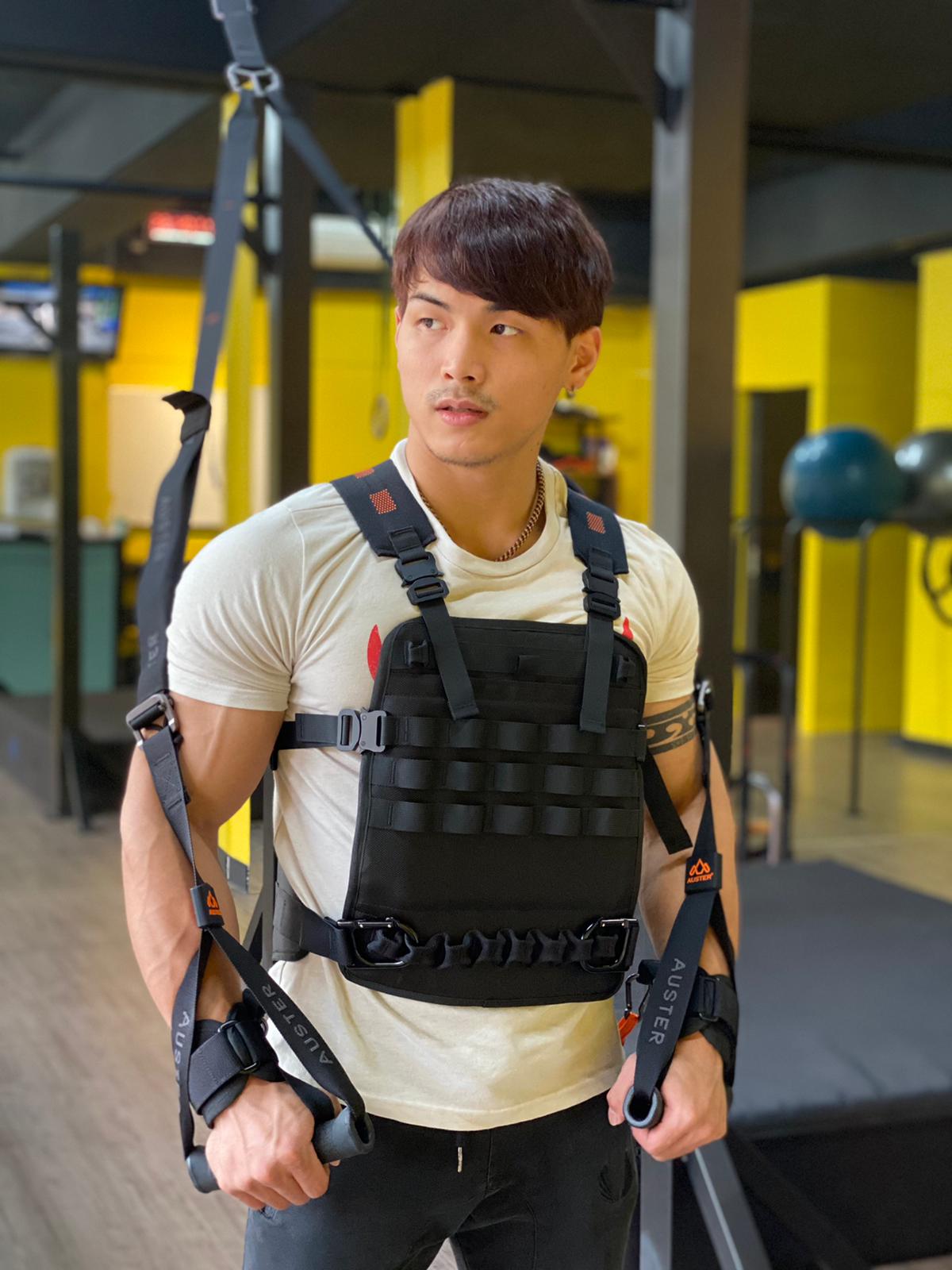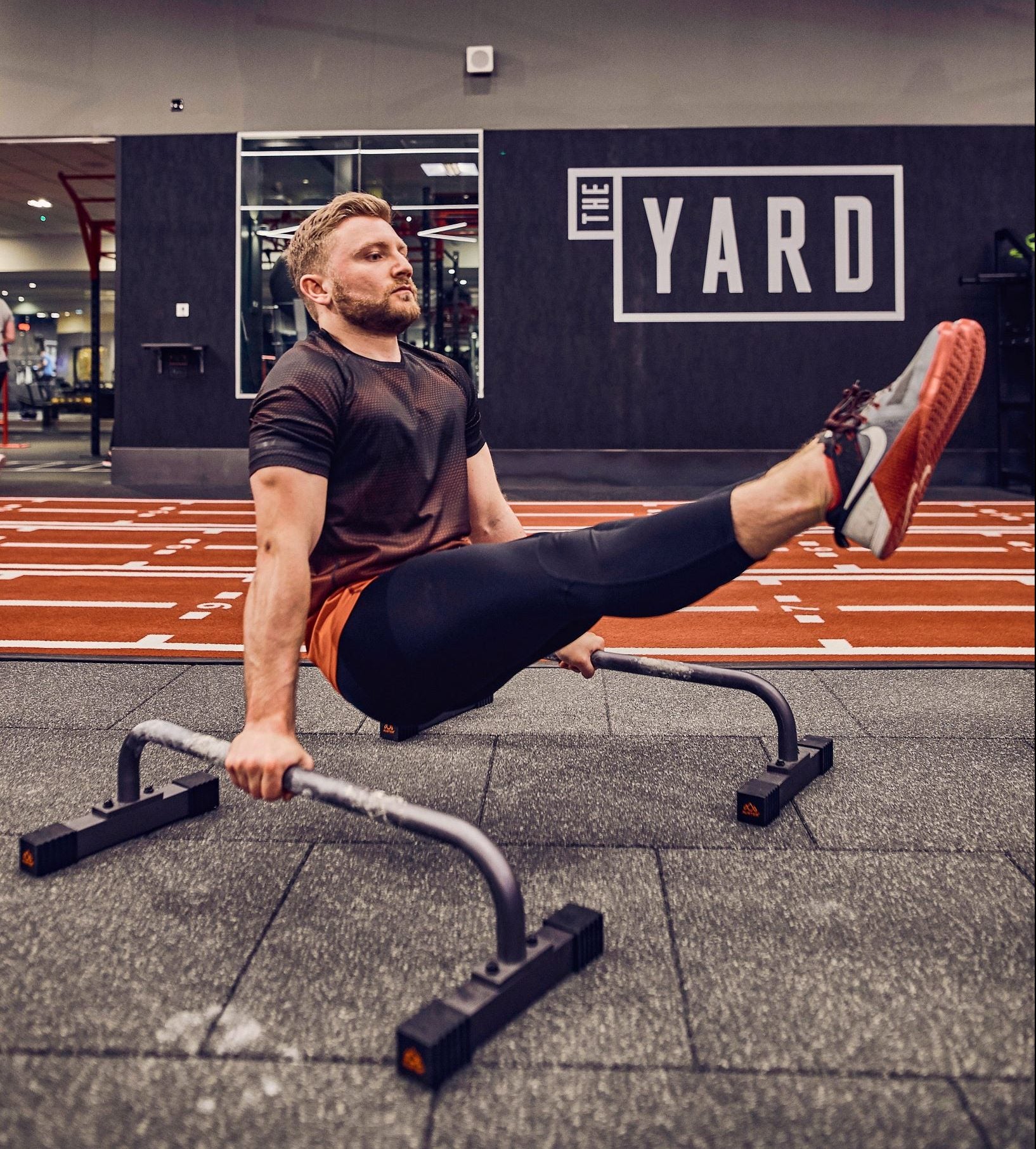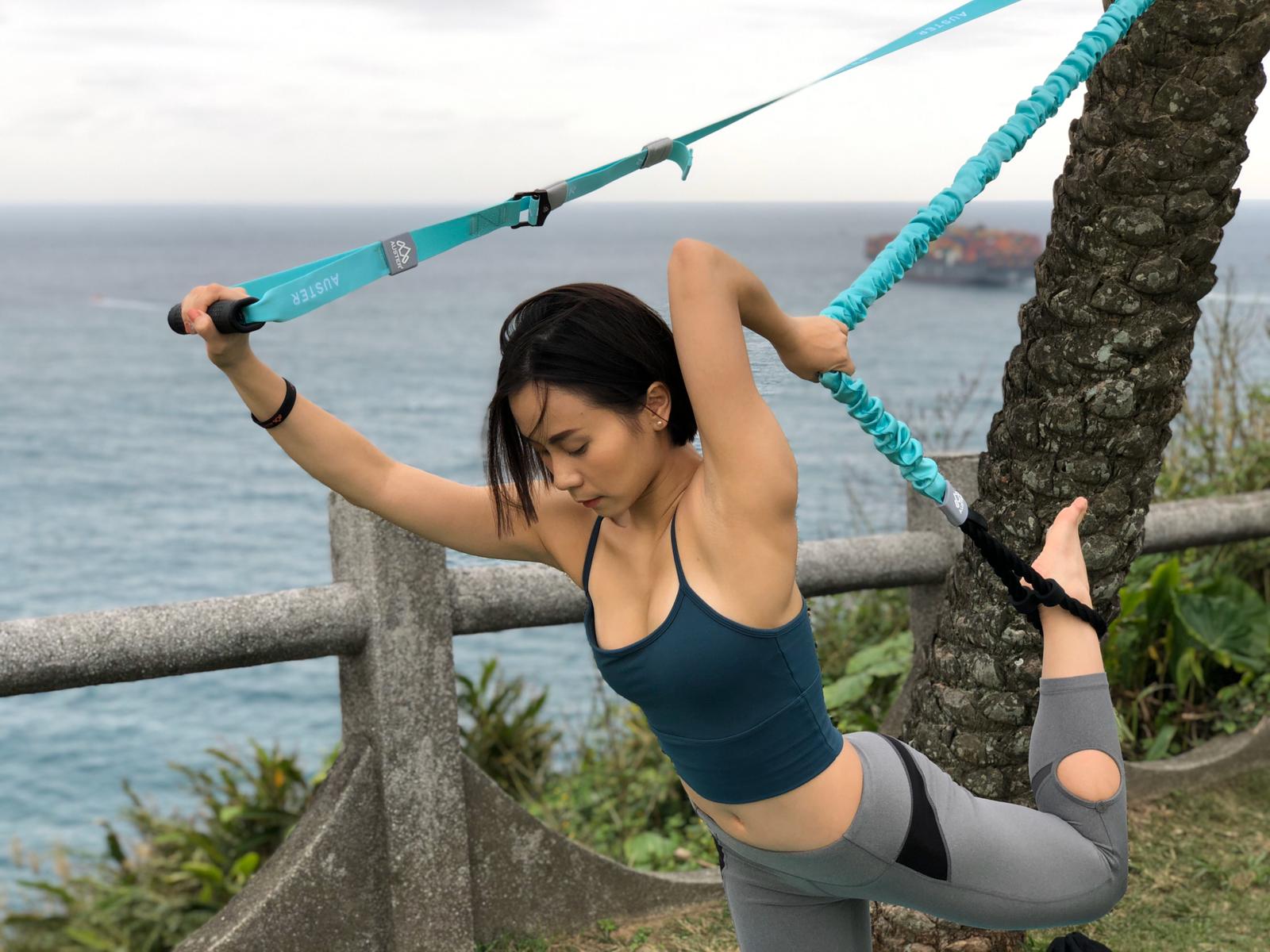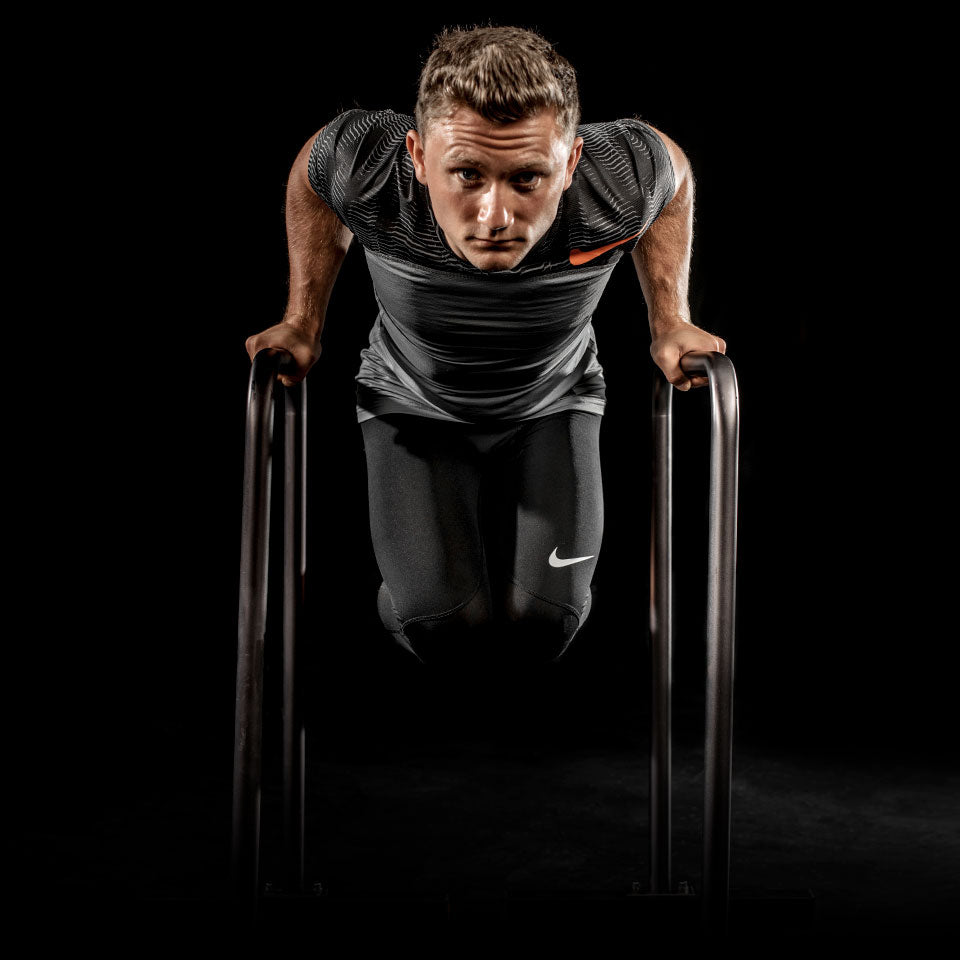
How to do your first dip... and then ten more.
Dips are one of the fundamental bodyweight exercises. The muscles worked are the chest, shoulders, triceps and some of the back and core muscles. Pull ups are to the back and biceps what dips are to the chest, shoulders and triceps – absolutely imperative. Think of dips as a more difficult version of press ups, they are just the same but with dips your feet are off the ground. This means that your arms must take your whole bodyweight rather than being supported by your legs.
Why are dips so good?
When done properly and safely dips not only build muscle, but extremely strong joints, tendons and ligaments in a full range of motion. Dips are also a natural movement which replicates day to day activity; whether this is pushing yourself up out of your seat or lifting yourself out of the bath etc. This means they have real world functionality and crossover.
What do I have to do before I can dip?
To start being able to do dips, first you must master press-ups. Press ups are an excellent exercise working the chest, shoulders, triceps and core. They are also the natural starting point towards achieving your first dip. If you can’t do press ups yet, start with press ups from your knees, progressing towards full press ups with your legs extended.
Once you can comfortably do around 20 press ups it’s time to start increasing the difficulty. You can do this either by using Parallettes, or by elevating your feet on a box you place more of your bodyweight on your arms. Once you can comfortably do press ups with your feet on a box about desk high, you’re ready to start dipping.
How do I perform the dips?
Dips are best performed on parallel bars, high Parallettes, or benches put close together to start with. Begin at the top with your arms locked, squeeze your shoulders blades together, then slowly lower yourself down till your arms are around 90 degrees. If you can press your bodyweight up from here, congratulations you’ve just done your first dip! If you can’t, stand up, hold yourself at the top position again and slowly lower yourself down – if you keep performing slow, controlled reps on the way down it will only take a few sessions before you are able to push yourself back up and complete a whole rep.
Now I can perform a few dips, how do I make them harder?
Using a set of Olympic Rings increases difficulty hugely. Not only do your arms have to support and press your entire bodyweight, but they must also balance and stabilise your body from moving. Rings move around, which means you can also makes the exercise harder as you can do many variations of the dip form. For example Bulgarian Dips are akin to wide grip press ups, the hands are moved away from the body rather than kept in close – increasing balance difficulty and reducing pressing strength.
Adding weight will quickly improve your dips, pressing strength and overall upper body strength and will certainly increase the difficulty of dips.

